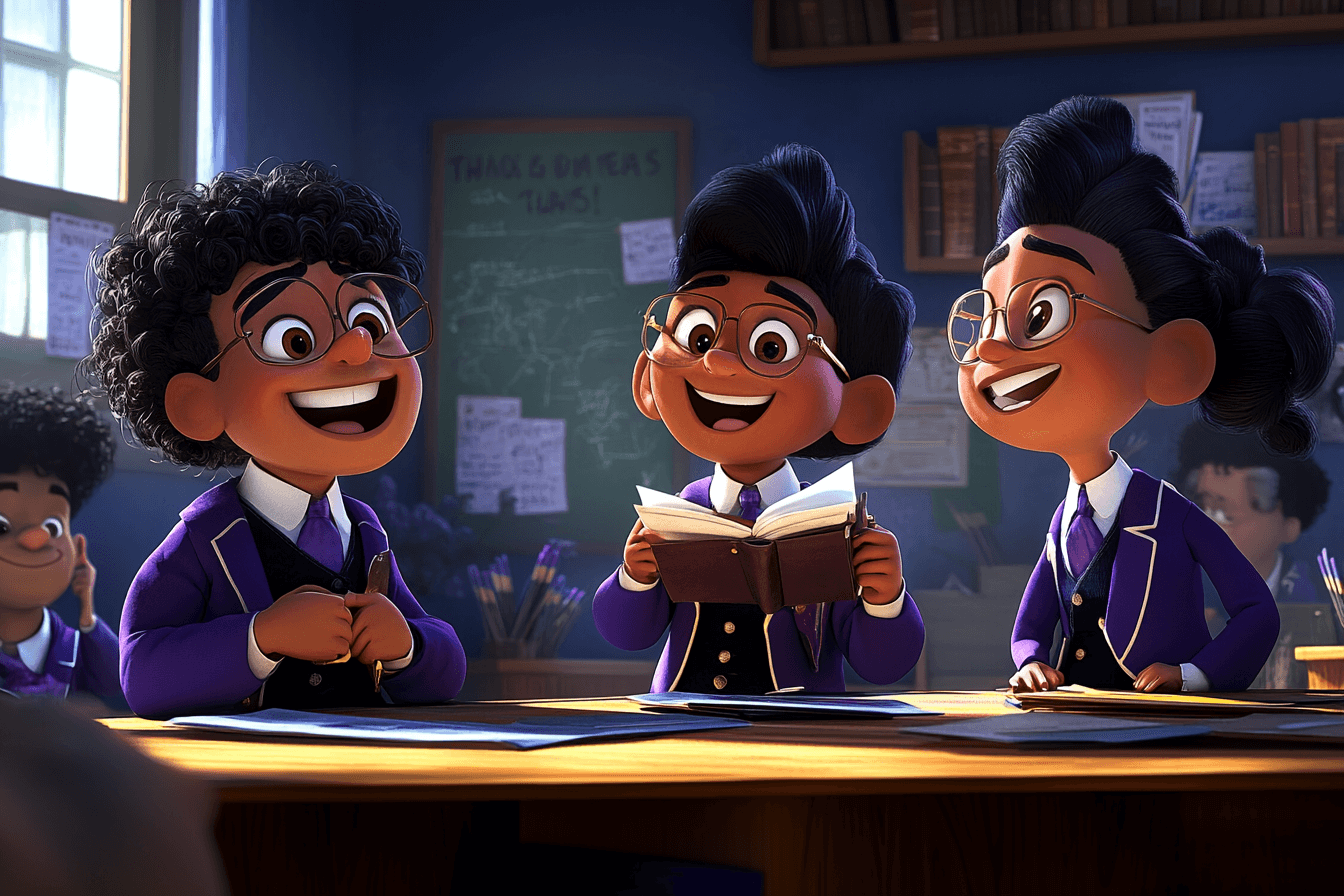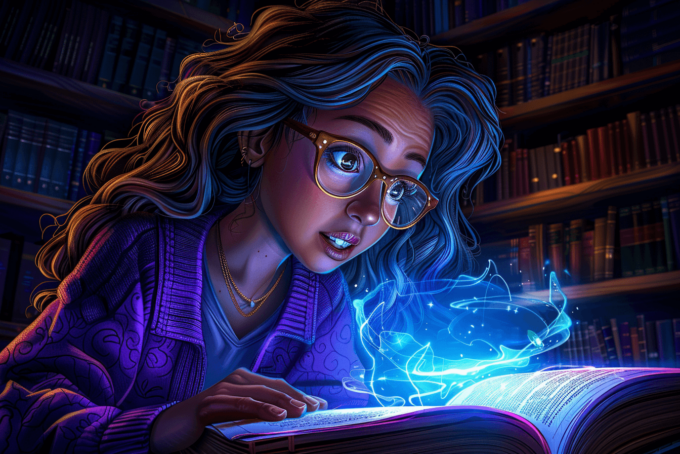In today’s rapidly advancing digital world, traditional learning activities can provide a refreshing and effective way to engage students in the classroom. Understanding and incorporating these activities into your teaching repertoire can not only enhance the learning experience but also make it more practical and exciting for students. This article explores the importance of traditional learning activities, key features, strategies for implementation, practical examples of traditional learning activities for the classroom, and tips for maximizing their impact.
Understanding Traditional Learning Activities
Traditional learning activities refer to pedagogical methods that have stood the test of time and have been proven to be effective in teaching and learning. These activities focus on hands-on experiences and encourage active participation from students. They can include a wide range of strategies that promote critical thinking, problem-solving, collaboration, and communication skills.
When considering traditional learning activities, it’s important to recognize their roots in established educational practices that have evolved over centuries. These methods have been refined through generations of educators who have honed their craft to engage students effectively. By embracing these time-tested approaches, educators can leverage the wisdom of the past to enrich the learning experiences of present-day students.
The Importance of Traditional Learning Activities
Traditional learning activities play a crucial role in developing a well-rounded educational experience. They foster engagement, stimulate curiosity, and provide students with opportunities to explore concepts in a practical and tangible manner. By integrating these activities into the classroom, educators can help students connect theoretical knowledge with real-world applications.
Furthermore, traditional learning activities serve as a bridge between academic concepts and practical skills, equipping students with the tools they need to succeed beyond the classroom. These activities instill a sense of confidence and competence in learners, empowering them to tackle challenges with resilience and creativity. By immersing students in hands-on experiences, traditional learning activities prepare them for the complexities of the modern world.
Key Features of Traditional Learning Activities
Traditional learning activities have some key characteristics that distinguish them from other instructional methods. These activities often involve direct interactions between students and materials, peers, and the instructor. They promote active learning by encouraging students to ask questions, seek answers, and explore multiple perspectives. Moreover, traditional learning activities are designed to be experiential, allowing students to engage with content through practical application.
Another defining feature of traditional learning activities is their adaptability across diverse learning environments. Whether in a traditional classroom setting, a virtual learning space, or a hands-on workshop, these activities can be tailored to suit various educational contexts. This flexibility ensures that students from all backgrounds and learning styles can benefit from the rich tapestry of experiences offered by traditional learning activities.
Incorporating Traditional Learning Activities in the Classroom
Implementing traditional learning activities requires careful planning and consideration. Educators need to create a balanced approach that combines both traditional and modern teaching methods. By doing so, they can ensure that students benefit from the best of both worlds, giving them a solid foundation while also preparing them for the demands of the digital age.
Traditional learning activities have long been recognized for their effectiveness in promoting critical thinking, problem-solving, and collaboration skills. These activities, such as group discussions, hands-on experiments, and role-playing exercises, provide students with valuable opportunities to engage with the subject matter in a meaningful way. By actively participating in these activities, students can develop a deeper understanding of the concepts being taught.
Strategies for Implementing Traditional Activities
When incorporating traditional learning activities in the classroom, educators can use a variety of strategies to maximize their effectiveness. For example, they can start with small-scale activities, gradually building up to more complex tasks. This approach allows students to develop the necessary skills and confidence to tackle more challenging projects.
Furthermore, educators can introduce real-world connections to traditional activities, making them more relevant and meaningful to students. For instance, when learning about history, students can engage in a mock debate or create a museum exhibit to showcase their understanding of the topic. By connecting the activities to real-life situations, educators can ignite students’ curiosity and foster a deeper appreciation for the subject matter.
Additionally, educators can provide clear instructions, establish guidelines, and create a supportive learning environment. By setting expectations and offering guidance, students can navigate through the activities with a sense of purpose and direction. This structured approach not only helps students stay focused but also encourages them to take ownership of their learning.
Balancing Traditional and Modern Learning Methods
It’s important to strike a balance between traditional and modern learning methods. While traditional activities are valuable, educators should also incorporate technology and digital resources where appropriate. By integrating tools such as interactive whiteboards, online simulations, and educational apps, educators can enhance traditional activities and make them more engaging for the digital-native generation.
Moreover, technology can provide students with access to a wealth of information and resources that can supplement their learning. For example, students can use online research databases to explore different perspectives on a topic or access virtual field trips to experience places they may not be able to visit in person. By leveraging technology, educators can expand the possibilities of traditional activities and create a dynamic learning environment.
In conclusion, incorporating traditional learning activities in the classroom requires thoughtful planning and a balanced approach. By implementing strategies that gradually increase complexity, connecting activities to real-world contexts, and integrating technology where appropriate, educators can create a rich and engaging learning experience for their students.
Practical Traditional Learning Activities
Traditional learning activities can cover a wide range of subjects and topics. Here are two practical examples:
Reading and Discussion Activities
Reading and discussion activities are effective ways to encourage critical thinking and develop communication skills. By assigning relevant reading materials and facilitating group discussions, educators can help students analyze and interpret information, express their opinions, and engage in meaningful conversations.
Moreover, reading and discussion activities can also enhance students’ empathy and perspective-taking skills. By exploring diverse viewpoints and engaging in respectful debates, learners can broaden their understanding of complex issues and develop a more nuanced worldview.
Hands-on Experiments and Demonstrations
Hands-on experiments and demonstrations are excellent activities for science classrooms. By giving students the opportunity to conduct experiments and witness the principles in action, educators can foster a deeper understanding of scientific concepts and encourage curiosity and innovation.
Furthermore, hands-on experiments can also promote teamwork and collaboration among students. By working together to set up experiments, collect data, and analyze results, learners can develop essential interpersonal skills and learn the value of cooperation in achieving common goals.
Exciting Traditional Learning Activities
Traditional learning activities can also be exciting and engaging for students. Here are two examples:
Role-Playing and Simulation Activities
Role-playing and simulation activities provide students with a chance to step into different roles and explore various perspectives. Whether it’s reenacting historical events or simulating real-life scenarios, these activities enhance empathy, problem-solving skills, and creativity.
Furthermore, role-playing and simulation activities can also help students improve their critical thinking skills by requiring them to analyze situations from different angles and make decisions based on the information available. This type of experiential learning can be particularly beneficial in subjects like history, literature, and social studies, where understanding different viewpoints is crucial for a well-rounded education.
Interactive Group Projects
Group projects offer an exciting way for students to collaborate and learn from each other. By working together on a shared objective, they develop teamwork skills, enhance their communication abilities, and gain exposure to diverse perspectives.
In addition to the interpersonal skills gained through collaboration, interactive group projects can also help students improve their time management and organization skills. Dividing tasks, setting deadlines, and coordinating efforts within a group setting can mimic real-world work environments, preparing students for future academic and professional challenges.
Maximizing the Impact of Traditional Learning Activities
To ensure the maximum impact of traditional learning activities, educators can take the following steps:
Enhancing Student Engagement with Traditional Activities
Engagement is a critical factor in ensuring the effectiveness of traditional learning activities. Educators can enhance student engagement by using effective questioning techniques, incorporating multimedia resources, and encouraging peer collaboration. By creating an interactive and dynamic learning environment, educators can foster a deeper connection between students and the content.
For example, when discussing a historical event, educators can ask thought-provoking questions that encourage students to analyze different perspectives and draw connections to present-day issues. By encouraging students to think critically and express their opinions, educators can create a lively and engaging classroom discussion that sparks curiosity and promotes active learning.
Assessing the Effectiveness of Traditional Learning Activities
It’s important for educators to assess the effectiveness of traditional learning activities. This can be done through various assessment methods such as quizzes, presentations, and project evaluations. By collecting feedback from students and analyzing their performance, educators can make necessary adjustments and improvements to optimize the impact of these activities.
Additionally, educators can employ formative assessments throughout the learning process to gauge students’ understanding and identify areas that require further attention. These assessments can take the form of quick quizzes, group discussions, or even interactive online platforms that provide immediate feedback. By continuously monitoring student progress, educators can tailor their instruction to meet the specific needs of each student, ensuring a more personalized and effective learning experience.
In conclusion, traditional learning activities have a valuable place in the modern classroom. By understanding their importance, incorporating them strategically, and maximizing their impact, educators can provide students with practical and exciting learning experiences that foster critical thinking, collaboration, and engagement. Through a balanced approach that combines both traditional and modern methods, educators can prepare students for success in the ever-evolving digital world.
You might be interested:



